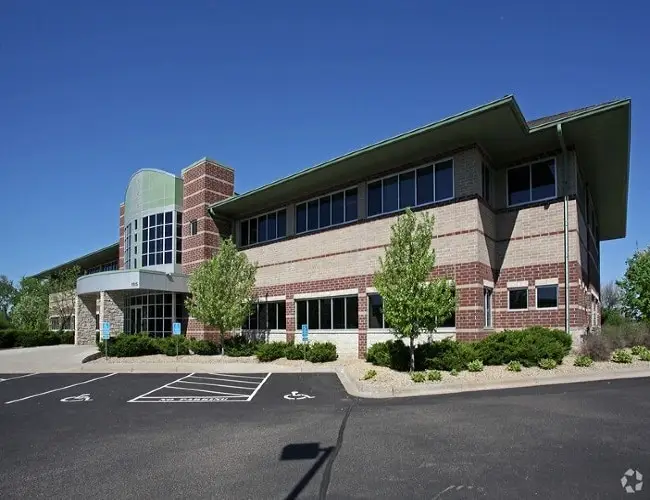5 Ways to Lower Your Occupancy Costs
We’re halfway through 2024, and it looks like multifamily, retail, and industrial properties are bouncing back from last year’s slump, while office vacancies continue to rise. If you’re looking for ways to cut your costs as your portfolio recovers, we have five ideas on how you can lower occupancy costs to improve portfolio performance. These tips are valuable not only for landlords; your tenants can use these tips to reduce their own costs and mitigate the need to look for another space once their leases are up.
1. Reconfigure Your Space to Lower Occupancy Costs
Hybrid work is driving changes in the configuration of office space. Private workspaces are going empty, while demand for collaborative spaces in offices has risen 40 percent since 2021. Over the last few years, tenants have been cutting space or reconfiguring their spaces to accommodate more coworking, teleconferencing, and flexible work.
As a landlord, you can capitalize on these trends by reconfiguring your existing spaces to make them appealing to tenants who are looking for more collaborative spaces or a reduced overall footprint. One large office suite could transform into two suites with flexible space. You may also consider investing in common area improvements that appeal to companies offering hybrid work, such as collaborative work areas and high-speed WiFi throughout your building.
2. Dig into Your Analytics
Your books can tell you a lot about the health of your portfolio. They can also help you find ways to cut your occupancy costs. Clarity Commercial can review your books with you to reveal your top costs, project future investments, and find opportunities to reduce current expenses.
3. Reduce Capital Expenses
In our review of your books, we may uncover ways to reduce capital expenses and cut future occupancy costs. Investments in many building improvements and upgrades can be converted from capital expenses to operating expenses once they are complete, turning them from investments into services you provide your tenants. An example of this would be installing solar panels on your building. You may be able to further reduce capital expenses by making early commitments on equipment orders and bundling smaller projects or recurring projects together.
4. Automate with Smart Technology
Smart technologies not only make it easier to manage your buildings, they reduce costs and can lead to increased tenant satisfaction. Your building engineering, HVAC, janitorial, security, landscaping, and access control can all benefit from smart technology improvements. These improvements help you cut your energy costs, more efficiently allocate your resources, and track occupancy levels.
5. Make Sustainability Improvements
Sustainability improvements are not only attractive to tenants, they help you reduce your operating costs and help you anticipate future regulations and mandates from your city, county, or state. Examples of sustainability improvements include switching to LED lighting, automating HVAC systems to improve efficiency, investing in solar power, implementing a recycling and composting program, and installing EV charging stations in your parking areas.
The CRE market is on the upswing in many areas, but we’re not out of the woods yet. Clarity Commercial can help you make sense of your books so you can uncover cost savings opportunities. Our CRE experts can help you make smart investments in the building improvements that will attract and retain tenants. For professional commercial real estate management support, contact Clarity Commercial today.

For more information or to request a free estimate, visit their website at https://myclaritycommercial.com/ or give us a call at (952) 370-224-2699.
Affiliations & Credentials: We are proud members of IREM, CCIM and MNCAR along with various professional organizations and hold relevant certifications in the real estate management field. Our affiliations and credentials demonstrate our commitment to excellence and our ongoing efforts to stay up-to-date with industry best practices.









